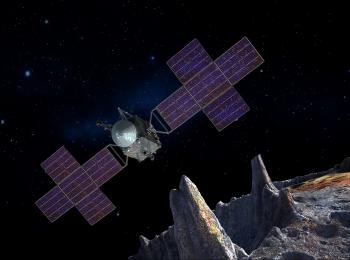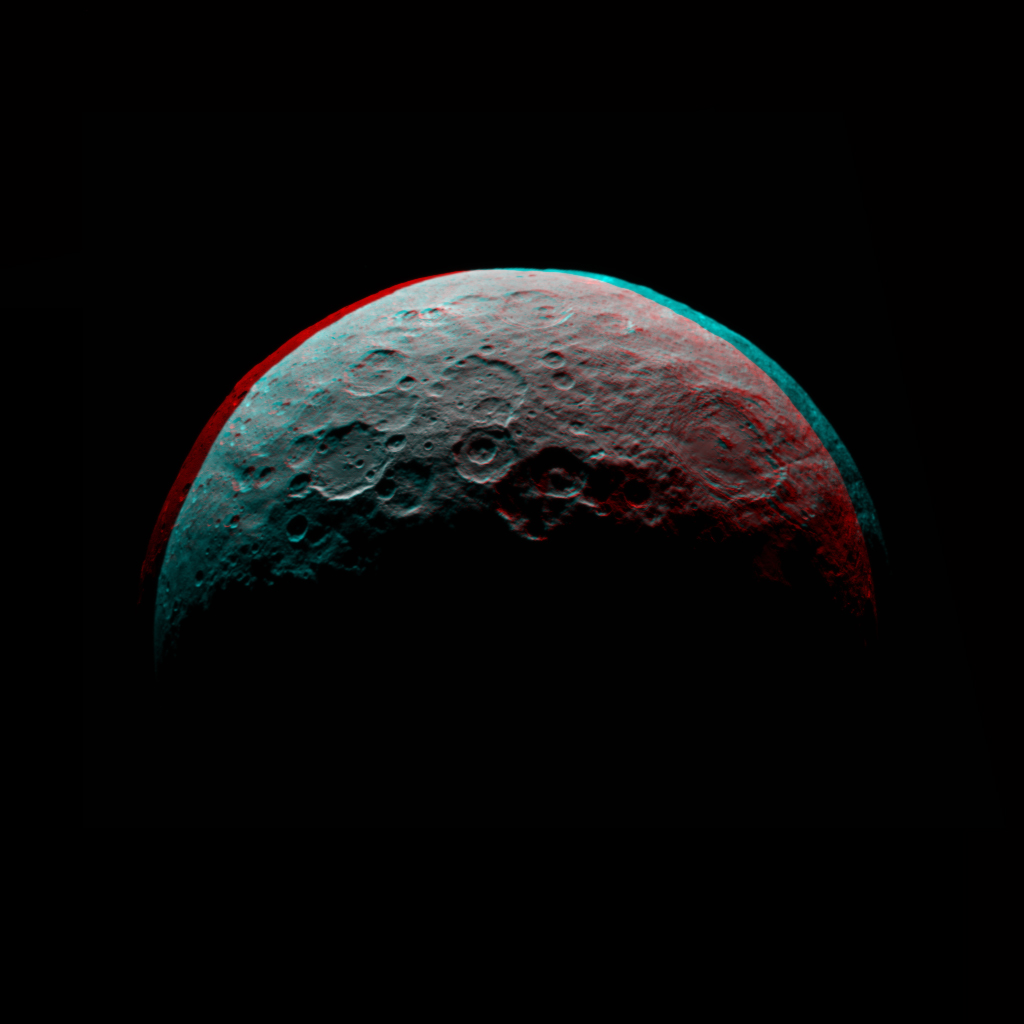
The years 2015 and 2016 saw record levels of excess carbon dioxide in the atmosphere, even though human carbon emissions have stabilized in recent years. Now, scientists think they know why.
Read/listen to my full story at KJZZ’s Arizona Science Desk:
NASA: Spike In Atmospheric CO2 Related To El Nino



